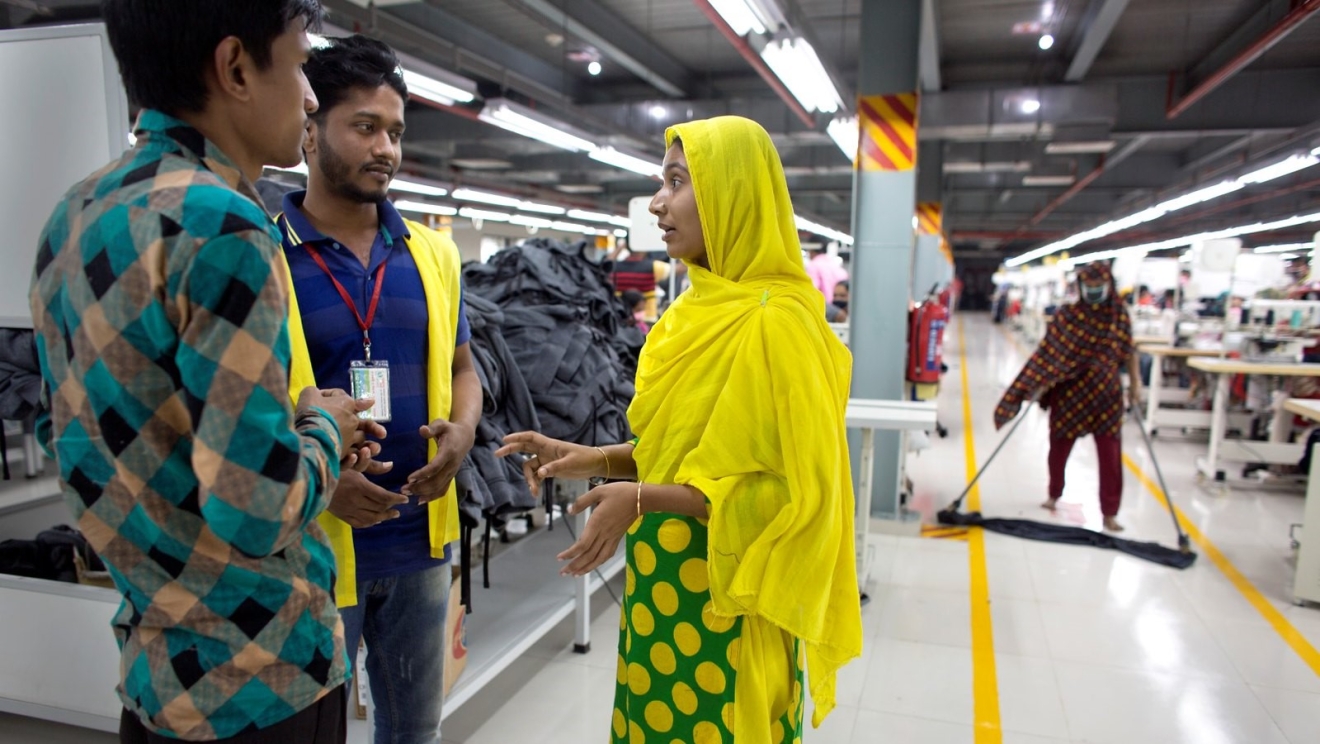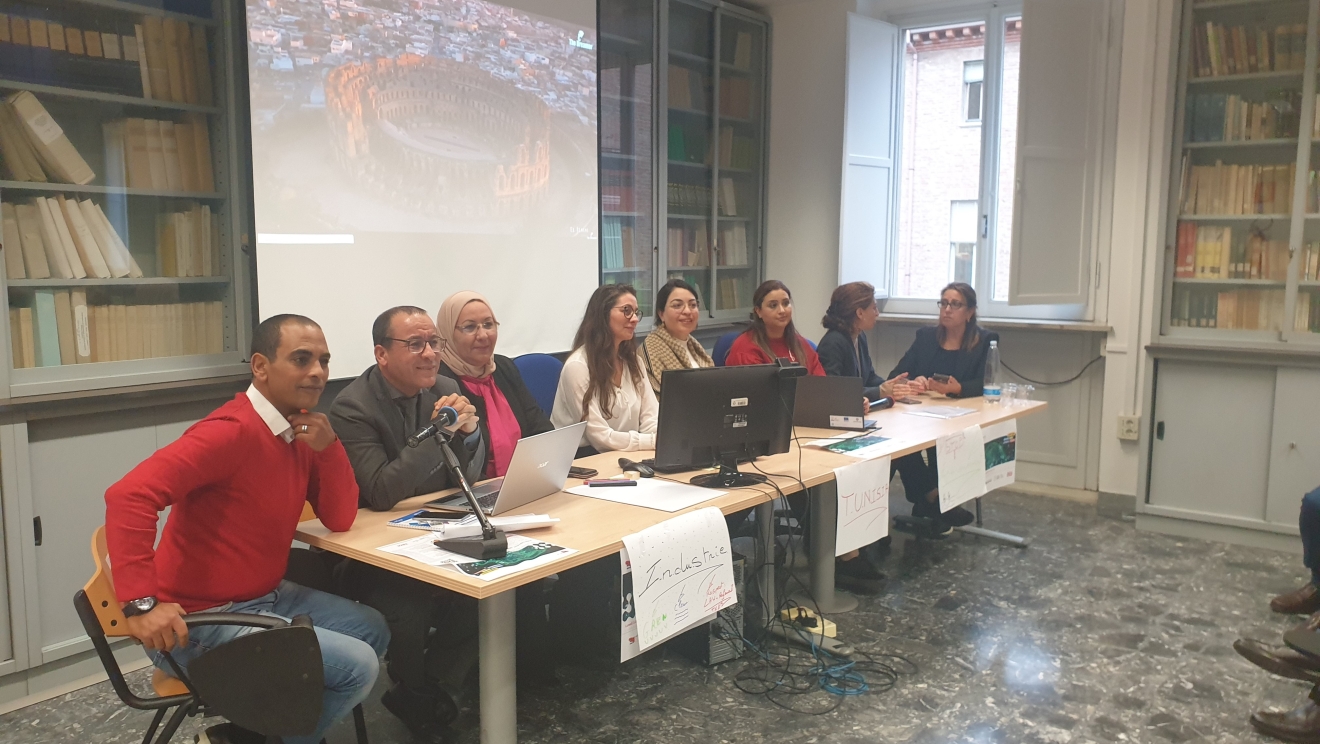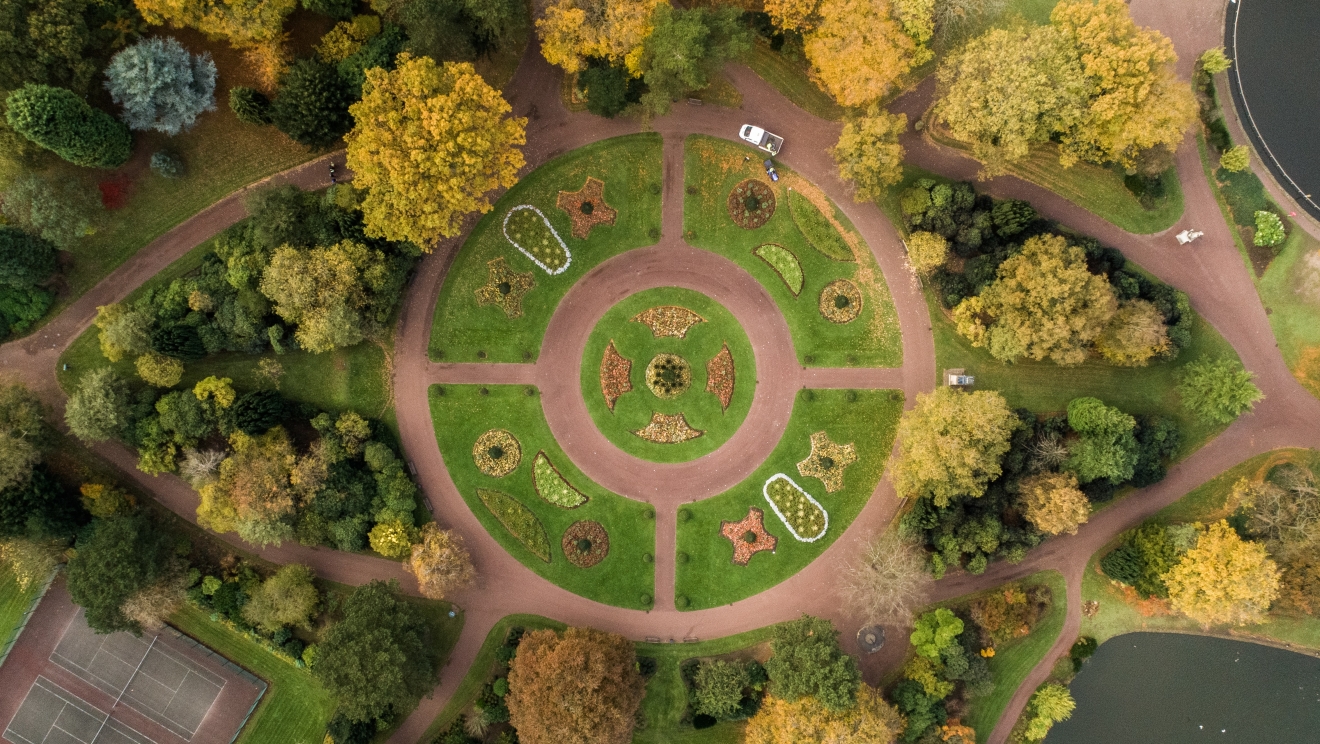
Circular economy
Designing out waste and pollution
Today’s manufacturing takes raw materials from the environment and turns them into new products, which are then discarded into the environment. It’s a linear process with a beginning and an end. In this system, limited raw materials eventually run out. Waste accumulates, either incurring expenses related to disposal or else pollution. Additionally, manufacturing processes are often themselves inefficient, leading to further waste of natural resources.
In a circular economy, however, materials for new products come from old products. As much as possible, everything is reused, remanufactured or, as a last resort, recycled back into a raw material or used as a source of energy.
The transformation to a circular economy has to be thought through at the design stage. The aim is to design products and processes so as to eliminate pollution and waste, preserve value over time and avoid using non-renewable resources.
A circular economy provides numerous advantages for health, for the economy and for the environment in terms of jobs opportunities, material and cost saving, and biodiversity.


Many UNIDO projects already address various building blocks of a circular economy. Some support resource-efficient and cleaner manufacturing of products, others help develop safe, easy-to-recycle products with longer lifetimes and still others deal with the recovery of resources at the end of a product's life.
Sustainable supply chains
UNIDO works to improve sustainable supply chain operations and build a circular economy. To build a circular supply chain, companies need to make the commitment to re-use, refurbishing and remanufacturing. Innovation, industrial design, and technology and knowledge transfer are key.
UNIDO participates in the elaboration of international standards on a circular economy in a dedicated Technical Committee of the International Organization for Standardization. This work includes, inter alia, setting a framework and principles for the implementation of a circular economy, producing guidelines on business models and measuring circularity frameworks.
Climate action
In relation to stopping climate change, adopting a circular economy framework in the areas of steel, plastic, aluminium, cement and food can achieve a reduction totalling 9.3 billion tonnes of greenhouse gases in 2050. This is equivalent to eliminating current emissions from all forms of transport globally.






